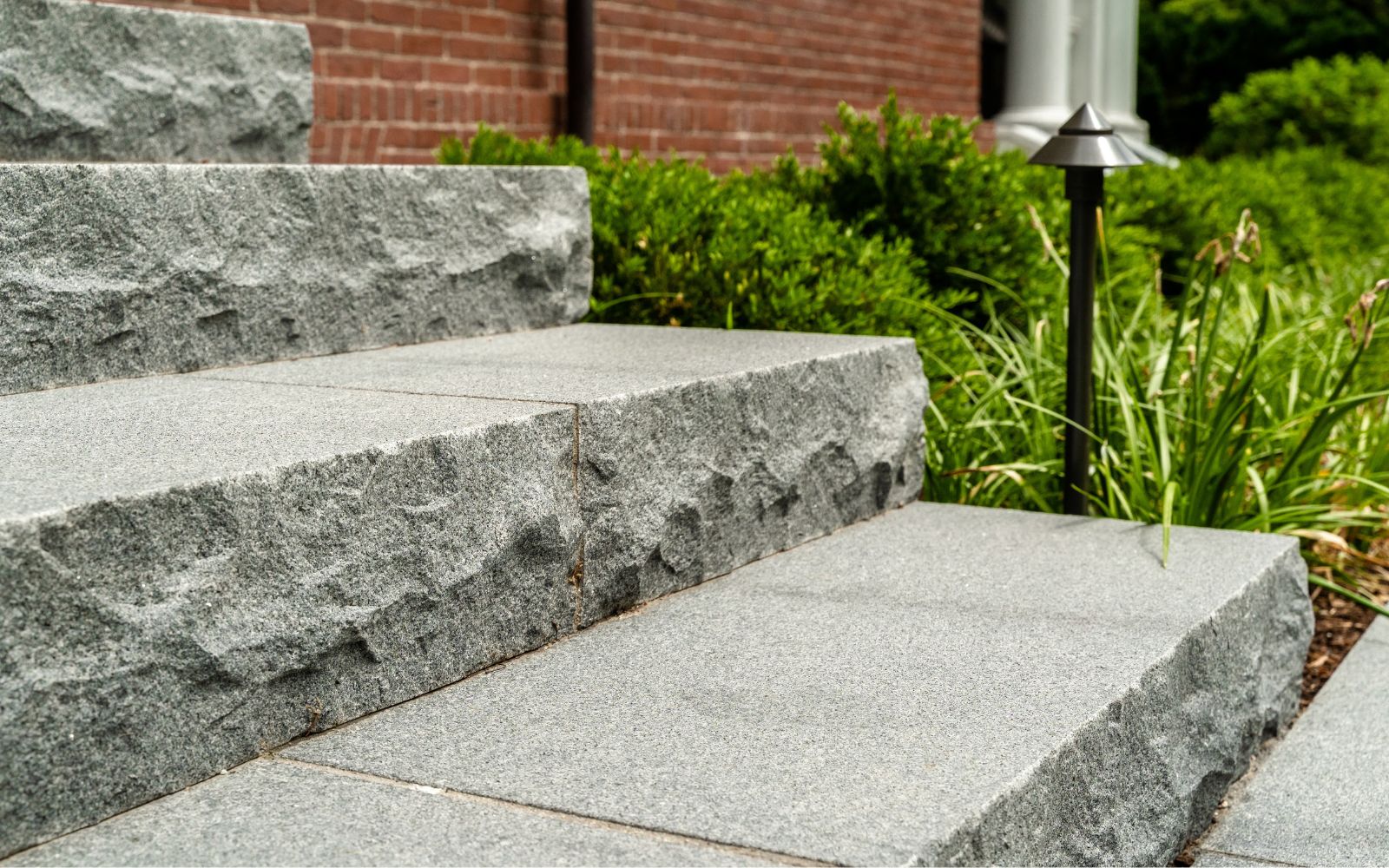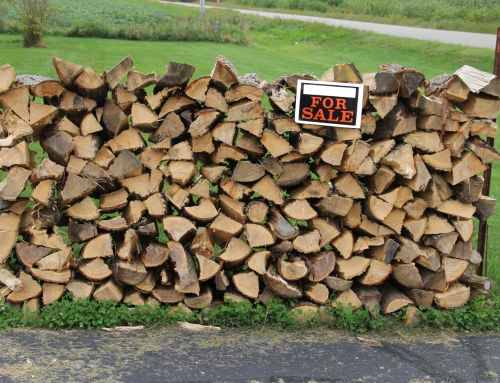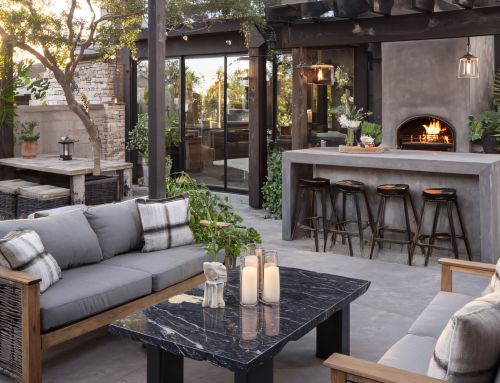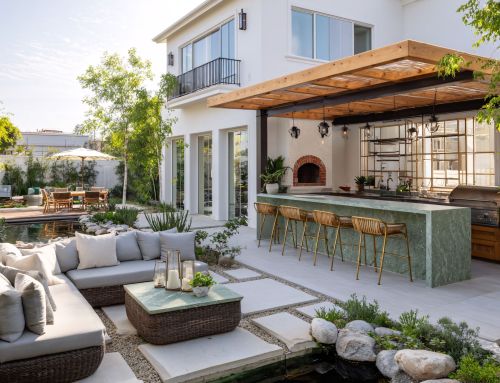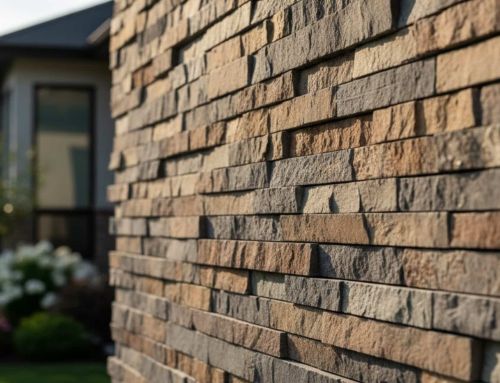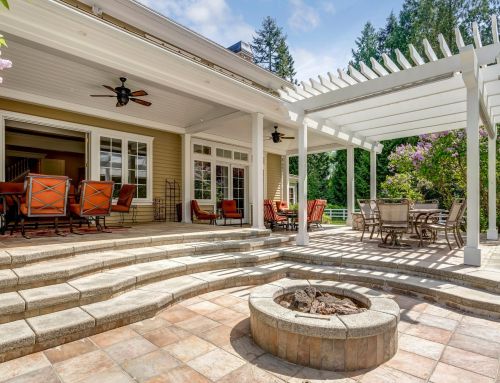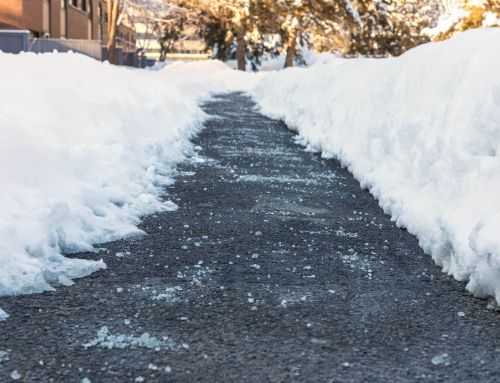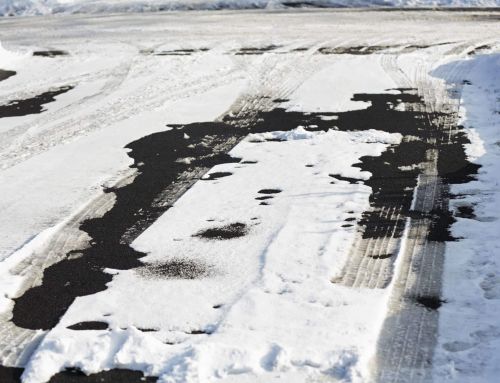Natural Stone Guide: Types, Benefits, and Design Uses
Did you know the Great Pyramids and the Taj Mahal were built with the same timeless material still used today? Natural stone, formed deep within the earth’s crust over millions of years, offers unmatched beauty, strength, and a one-of-a-kind connection to the earth’s history. It’s a top choice for everything from elegant kitchens to stunning landscapes.
More than just a building material, natural stone brings texture, color, and character that manufactured products cannot replicate. Whether you’re upgrading a patio, designing a luxury space, or enhancing a garden, choosing the right stone can elevate your entire project.
What is Natural Stone?
Natural stone is rock material quarried directly from the earth and used in its natural form, shaped by geological processes over millions of years. Unlike factory-made products, natural stone forms deep within the earth through intense heat, pressure, and mineral changes, resulting in unique textures, colors, and lasting strength that enhance both visual appeal and the tactile touch of surfaces like flooring.
Each type of stone tells a different story. Granite forms from cooled magma, marble and slate from transformed existing rocks, and limestone or sandstone from compressed mineral deposits. These natural processes make every piece one-of-a-kind, opening up endless possibilities for creating distinctive, durable, and beautiful spaces.
Types of Natural Stone
Granite
Granite slabs are a top choice for their durability, heat and scratch resistance, and speckled appearance. Formed from cooled magma, they come in many colors and patterns, making them ideal for kitchens, patios, and high-traffic areas. When sealed properly, granite is low-maintenance, hygienic, and built to last for decades.
Marble
Marble is a timeless symbol of luxury and elegance, formed when limestone undergoes intense heat and pressure, resulting in its signature veining. Available in a range of shades from soft white to deep green, marble tile adds sophistication to bathroom vanities, decorative accents, and low-traffic outdoor spaces. Our marble collections offer a variety of styles and finishes, allowing you to find the perfect piece to match your design vision.
Limestone
Limestone has a warm, natural look with soft tones and occasional fossils that reflect its marine origins. Ideal for patios, pools, and walls, it offers a consistent, earthy texture. Though softer and sensitive to acids, sealed limestone weathers beautifully and is easy to maintain, adding timeless elegance to outdoor spaces.
Slate
Slate is a fine-grained, layered stone known for its natural cleft texture, which provides excellent traction and a distinctive look. Formed from clay through low-grade metamorphism, it comes in rich tones like gray, black, green, and rust, adding depth to outdoor designs. Durable and frost-resistant, slate is ideal for patios, walkways, pool surrounds, and vertical features, combining safety, style, and lasting performance.
Travertine
Travertine is a textured limestone formed by mineral springs, featuring natural pits and earthy tones like ivory, beige, and walnut. Its slip resistance makes it ideal for patios and pool decks, especially in warm climates. While it needs sealing in freeze-thaw areas, travertine offers lasting beauty and comfort. Compared to soapstone, which is known for durability and low maintenance, travertine provides a unique look with different care requirements, so choosing the right stone depends on your specific needs.
Quartzite
Quartzite is a durable metamorphic rock formed from sandstone, harder than granite and similar in look to marble. Its sparkling finish and bold veining in white, gray, gold, or red make it ideal for outdoor kitchens, patios, and pool areas. Scratch, heat, and weather resistance make quartzite a beautiful and lasting choice for high-traffic spaces.
Sandstone
Sandstone brings warmth and rustic charm with its earthy tones and granular texture, making it ideal for paths, steps, and walls. Though it needs sealing to prevent moisture damage, well-maintained sandstone ages beautifully and blends naturally into the landscape. Keep this in mind when choosing the right stone for your project.
Onyx
Onyx is a rare and visually striking natural stone known for its translucent quality and dramatic banding. Formed from calcium-rich deposits in caves and springs, it glows when backlit and comes in vivid shades like amber, green, red, and white with swirling patterns. While softer than other stones, onyx is ideal for decorative landscape accents, water features, and statement pieces where its glowing beauty can truly shine. We hope you find this information beneficial.
Natural Stone Finishes and Treatments
The appearance and performance of natural stone can be dramatically influenced by the terms used to describe the finish applied to its surface. Each finishing technique brings out different characteristics of the stone while also affecting practical aspects like slip resistance and maintenance requirements.
- Polished Finish: A glossy, reflective surface that enhances color and veining, ideal for countertops and accents. However, it can be slippery when wet, so it’s less suitable for outdoor walkways.
- Honed Finish: A smooth, matte surface that offers better traction and a softer look, perfect for bathrooms, patios, and pool areas. It reduces glare while showcasing the stone’s natural elegance.
- Natural Cleft: A textured finish formed by splitting stones like slate along natural layers, revealing organic ridges and depth. It adds rustic charm and excellent slip resistance to outdoor spaces.
- Flamed/Thermal Finish: Achieved by exposing stone to high heat, this rough finish enhances slip resistance and deepens natural colors. It’s ideal for granite used around pools and walkways.
- Tumbled Finish: Stones are aged in a drum to create a weathered, antique look with softened edges. Common in travertine and limestone, it lends an Old World feel to outdoor designs.
The choice of finish should consider both aesthetic preferences and practical requirements. Climate conditions, intended use, traffic patterns, and maintenance capacity all play important roles in selecting the optimal finish for each application.
Applications of Natural Stone in Landscape Design
Natural stone offers unmatched versatility for landscape applications, combining beauty, durability, and timeless appeal across various outdoor elements. Its ability to integrate with natural surroundings while providing functional benefits makes it a preferred material for professional landscape designs.
Patios and Hardscaping
A natural stone patio is the heart of outdoor living, combining beauty with lasting performance. Durable stones like granite and quartzite handle high traffic with ease, while limestone and travertine add warmth and texture. Whether laid in geometric patterns or rustic “crazy paving,” stone patios can suit any style. To ensure longevity, proper installation is key—a well-compacted gravel base with a sand bed promotes drainage and stability, while edge restraints keep the layout secure and in place.
Garden Paths and Walkways
Stone pathways enhance landscapes by guiding movement and adding visual appeal. Granite or slate work well for high-traffic areas, while sandstone or limestone suit lighter garden paths. Stepping stones create a natural look, and mortared options add stability. Mixing stone with brick or wood adds texture, and edge treatments can suit formal or casual styles. In-stock decorative tiles are also available for quick home upgrades.
Retaining Walls and Structural Elements
Natural stone retaining walls combine strength and beauty, with granite and quartzite offering durability and limestone or sandstone adding warmth. Whether dry-stacked or engineered, they need proper drainage and may require support for taller builds. These walls also add function and style with features like seating and planting pockets. Finishes like tumbled or honed further enhance the unique character of each stone.
Water Features and Pools
Natural stone is perfect for water features like fountains, streams, and waterfalls, thanks to its durability and ability to mimic natural formations. Textured stones such as flamed granite or cleft slate offer slip resistance for pool surrounds, while stone coping adds both function and elegance. For streams and waterfalls, weathered stones create the look of long-standing natural features, blending seamlessly into the landscape and withstanding constant water exposure.
The Benefits of Natural Stone in Your Landscape
The enduring popularity of natural stone in landscape design stems from its combination of practical benefits and aesthetic appeal. Understanding these advantages helps justify the investment in quality stone materials for long-term landscape value.
Timeless Beauty and Unique Character
Natural stone offers timeless beauty that outlasts design trends, with unique patterns, textures, and color variations that make every installation one of a kind. Unlike manufactured materials, it gains character over time as natural weathering enhances its appearance, especially in stones like limestone and sandstone. This aging process adds depth and richness, making landscapes more beautiful year after year.
Unmatched Durability and Longevity
Natural stone offers outstanding long-term value, often outlasting the property itself with minimal upkeep. Though initial costs may be higher, its durability against UV rays, freeze-thaw cycles, insects, and rot makes it a reliable, low-maintenance choice that outperforms many manufactured materials over time.
Environmental Sustainability
Natural stone is an eco-friendly building material with low environmental impact due to minimal processing and the ability to source it locally. Its long lifespan reduces the need for replacements, and it’s fully recyclable at the end of use. Free of toxins and safe for soil and water, stone offers a sustainable, responsible choice for lasting landscape and construction projects.
Climate Adaptation and Energy Efficiency
Natural stone helps manage the climate by moderating temperature swings through its thermal mass, creating more comfortable outdoor spaces and potentially lowering nearby energy use. Permeable installations support water absorption and erosion control, while light-colored stones reflect heat, reducing heat island effects in built environments.
Selecting the Right Stone for Your Project
Choosing the right natural stone for your landscape means balancing practical needs with aesthetic preferences. Consider climate and site conditions, as dense stones like granite and quartzite resist freeze and thaw damage, while lighter colors stay cooler in heat. Match stone durability to usage, choosing slip-resistant textures for wet or high-traffic areas. Visually, select colors and patterns that complement your style, using subtle stones for large spaces and bold textures for focal points.
Care and Maintenance of Natural Stone
Proper maintenance ensures natural stone retains its beauty and functionality for generations. While specific care requirements vary by stone type, these general guidelines apply to most outdoor stone installations.
- Regular Maintenance Practices: Sweep regularly and rinse with clean water to prevent scratches and stains. Clean spills quickly and check seasonally for damage or drainage issues.
- Cleaning Methods and Products: Use plain water or a pH-neutral stone cleaner. Avoid acids and abrasives. Treat moss or algae with hydrogen peroxide and use low pressure if power washing.
- Sealing and Protection: Seal outdoor stone to block water and reduce damage. Use breathable sealers and reseal as needed—denser stones less often, porous stones more frequently. Use a water drop test to check.
Conclusion
Natural stone remains one of the most enduring and versatile materials in landscape design, offering timeless beauty, unmatched durability, and sustainable performance. From patios and walkways to walls and water features, it brings lasting value and character to any outdoor space. With the right selection, installation, and care, natural stone continues to enrich landscapes for decades, aging gracefully while enhancing both form and function.
Ready to bring the timeless beauty of natural stone into your next project? At Old Station Outdoor & Landscape Supply in Norton, MA, we offer a wide selection of premium natural stone materials to match every style, need, and budget. Visit our store or contact our expert team today. We are here to help you choose the perfect stone and ensure your landscape stands the test of time.
FAQs
What are the 7 natural stones?
The seven most common natural stones used in construction and landscaping are granite, marble, limestone, slate, travertine, quartzite, and sandstone, each with unique properties and aesthetic qualities.
What is meant by natural stone?
Natural stone refers to rock material quarried directly from the earth and used in its natural form for construction and decorative purposes, including natural stone tiles, formed through geological processes over millions of years rather than being manufactured artificially.
Is natural stone expensive?
Natural stone typically costs more upfront than manufactured alternatives, but often provides better long-term value due to its exceptional durability, timeless appeal, and minimal maintenance requirements when properly installed.
Does natural stone rust?
Natural stone doesn’t rust like metals do, but some varieties containing iron minerals may develop oxidation or “rust-like” staining when exposed to moisture and oxygen, which can usually be prevented with proper sealing and maintenance.

